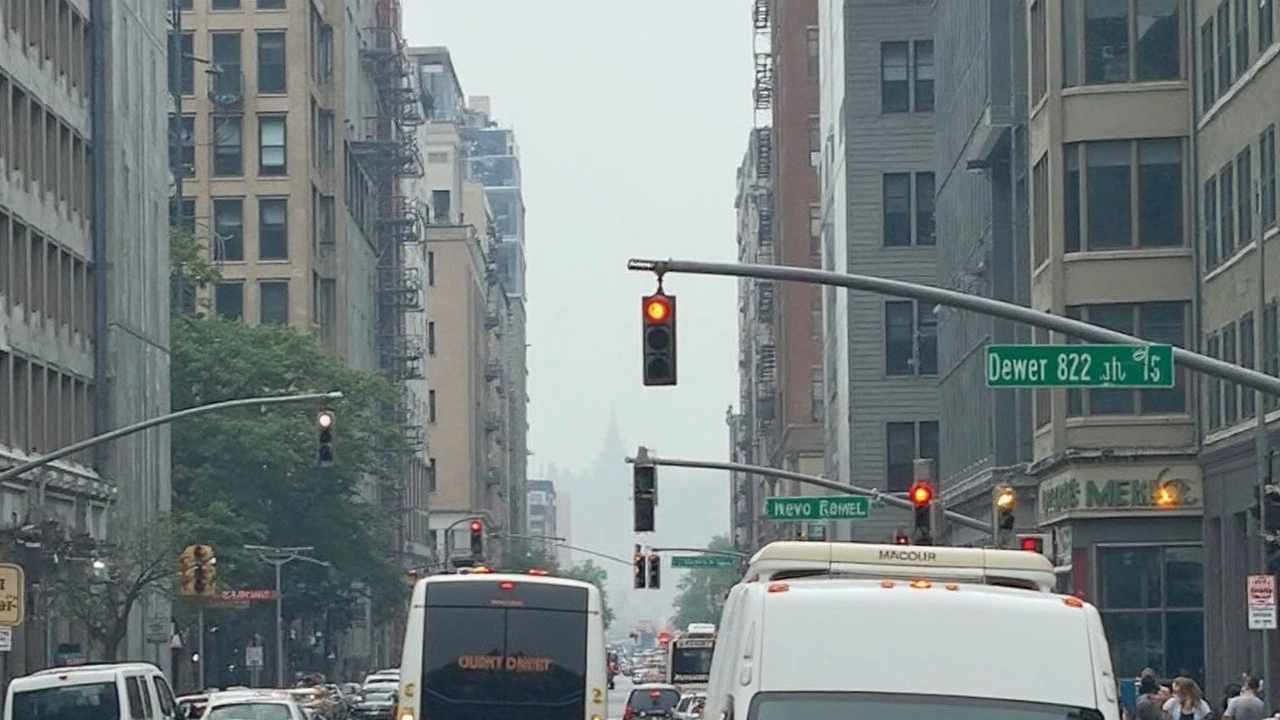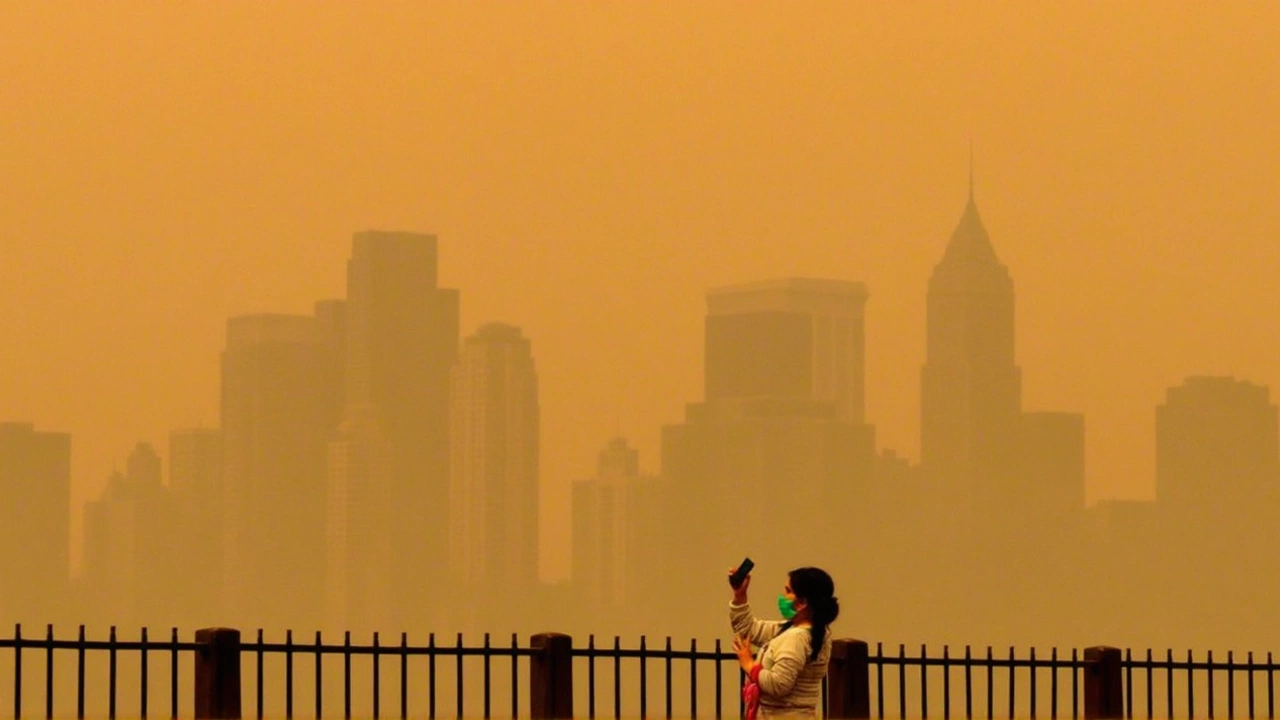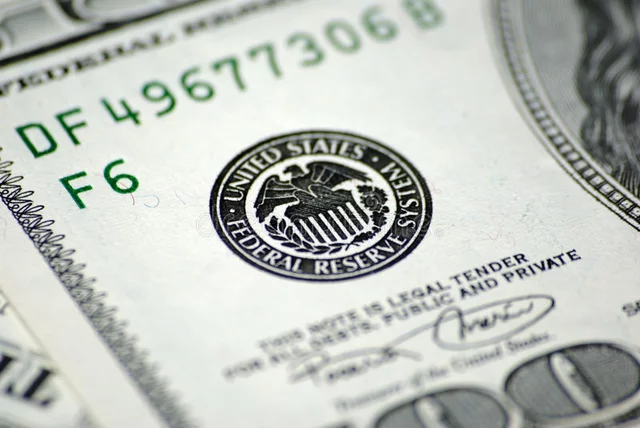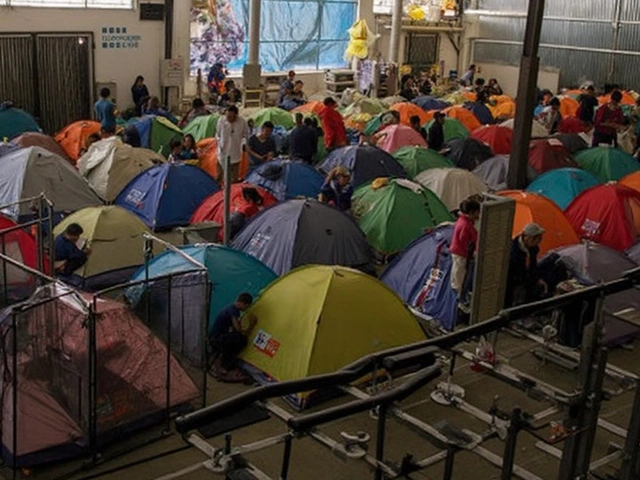Canadian Wildfire Smoke Returns to Blanket New York City
If you've noticed the skyline looking a bit off lately or found yourself coughing more than usual, you're not alone. The unmistakable haze that rolled into New York City this week isn't just typical summer smog—it's another round of smoke drifting from wildfires in northern Canada. It's not the first time this year that city residents have seen their air turn soupy and it probably won't be the last.
The problem kicked up yet again on August 14, as shifting winds funneled a fresh batch of smoke particles southwards. The culprit isn't just one blaze—it's a cluster of fierce wildfires burning thousands of miles away. While a good portion stays above our heads, enough of it is settling down near ground level to make a noticeable dent in air quality. On Wednesday, the Air Quality Index (AQI) hovered at 76 in the five boroughs—a level considered "moderate," but still raising eyebrows, especially for folks with asthma, heart problems, or compromised immune systems.
And it’s not just a New York City headache. The smoke is drifting across the entire tri-state area, but it’s hitting hardest in places north and east of the city. The Upper Hudson Valley and Adirondack regions, already used to dealing with nature’s extremes, have seen air monitors flash warnings as PM2.5 pollution climbs to levels "unhealthy for sensitive groups." PM2.5, in case you're wondering, is shorthand for tiny particles less than 2.5 microns across—small enough to slip deep into your lungs and stir up all sorts of trouble.

Health Warnings and Ongoing Monitoring
New York's Governor Kathy Hochul didn’t waste any time. She called for vulnerable groups—kids, older adults, pregnant women, and anyone with heart or lung conditions—to limit time outside while the sky looks milky. Her message? If you’re in one of those categories, it might be a good idea to stay indoors during the worst parts of the day, close up your windows, and keep air purifiers running if you have them.
The New York State Department of Environmental Conservation (DEC) and the Environmental Protection Agency (EPA) have both flagged the event, tracking hourly air quality data and issuing alerts where PM2.5 spikes tip the scale from "moderate" to "unhealthy for sensitive groups." It’s a tricky situation for city planners, too. A layer of stagnant smoke overhead means there's less atmospheric mixing, so pollution just sort of hangs around rather than drifting away.
This isn’t a one-off event anymore. Over the past several years, New Yorkers have seen more days impacted by distant wildfires. Climate patterns are changing, summers are getting hotter and drier, and wildfires up north are getting bigger and harder to put out. The smoke doesn’t exactly respect borders, and the microclimates around New York City mean some neighborhoods can get hit harder than others.
So how long will this smoky spell last? Meteorologists predict haze will stick around at least through Friday before shifting winds bring some relief. But as wildfire seasons grow longer in Canada, officials warn that city dwellers should get used to seeing "Canadian wildfires" pop up in headlines well into the future. For now, residents can only wait for clearer skies—and keep a close watch on their neighborhood’s air quality readings.





